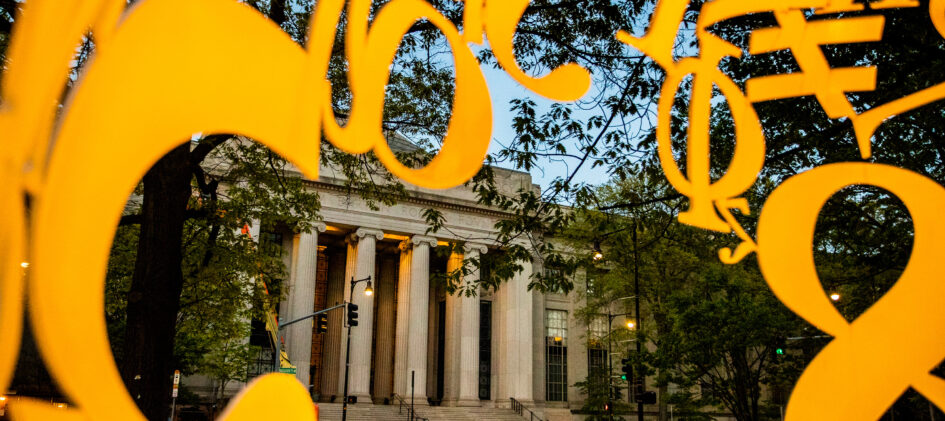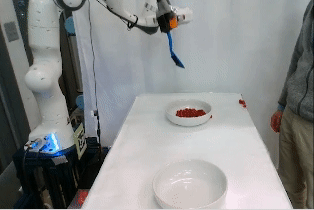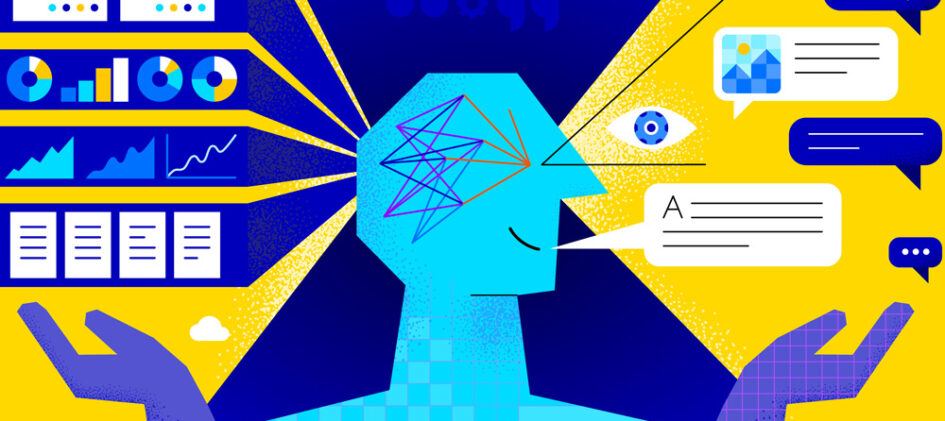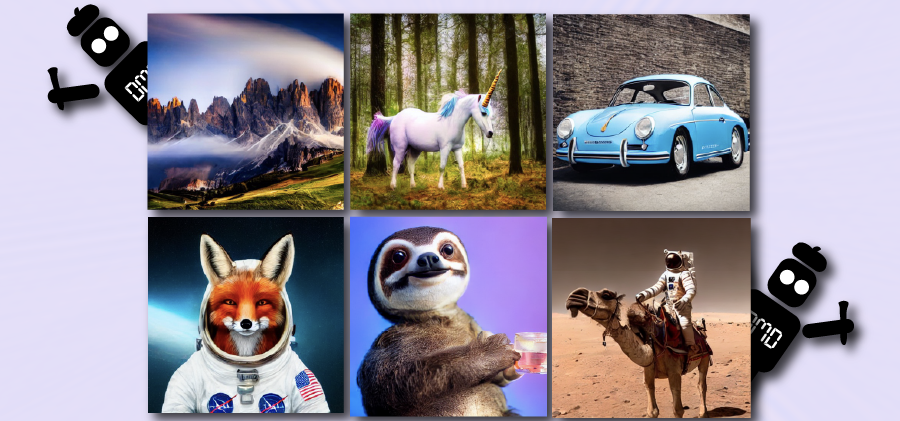For those in need of one, an organ transplant is a matter of life and death. Every year, the medical procedure gives thousands of people with advanced or end-stage diseases extended life. This “second chance” is heavily dependent on the availability, compatibility, and proximity of a precious resource that can’t be simply bought, grown, or […]
Read More






